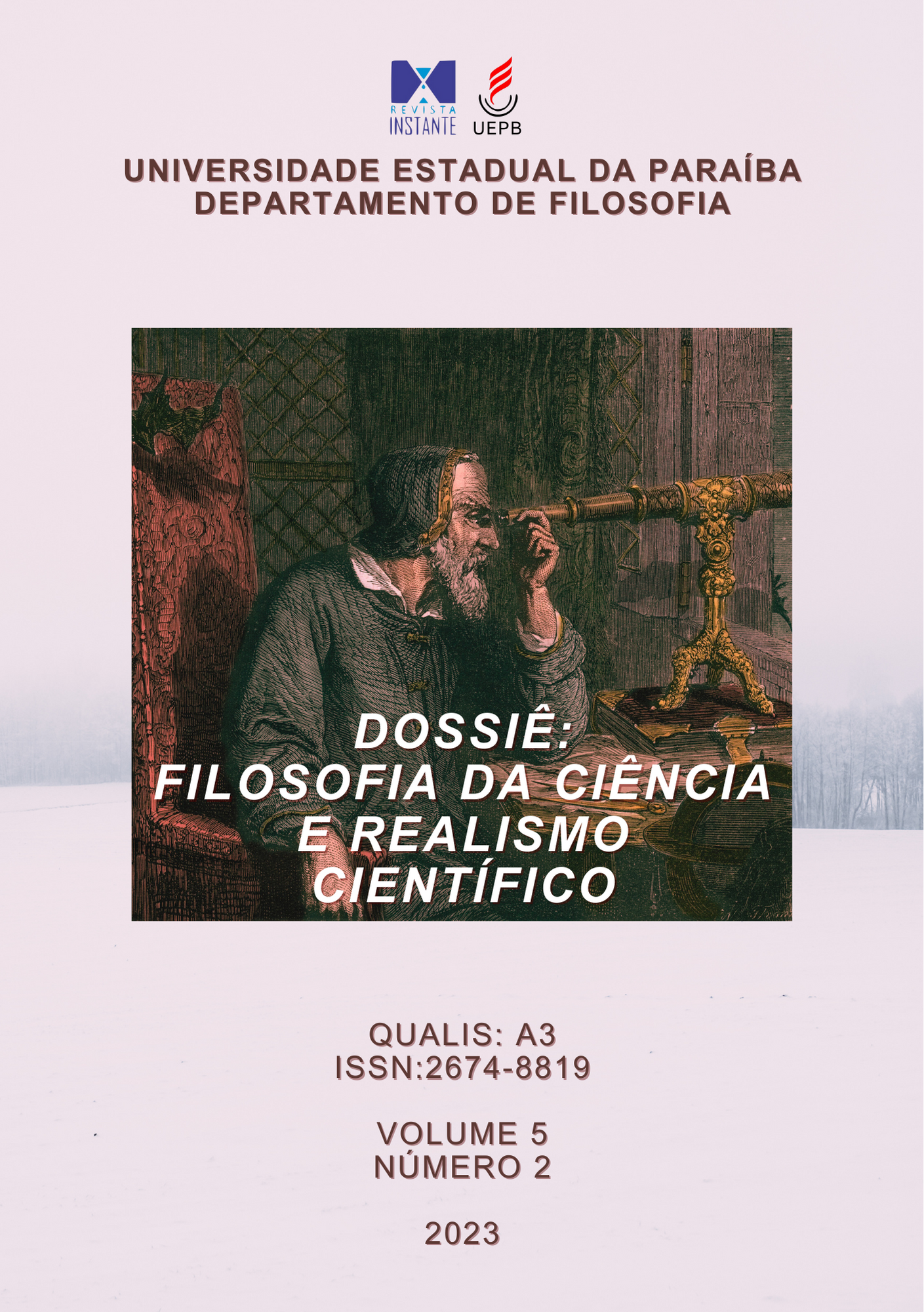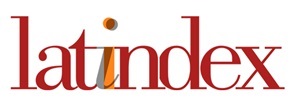Selective Realism: Three Strategies and New Challenges
TRES ESTRATEGIAS Y NUEVOS DESAFIOS
Keywords:
Realismo Selectivo. Realismo Estructural. Semirrealismo. Divide et Impera. Localismo. Campo Electromagnético. Fresnel. Maxwell.Abstract
Selective realism delivers several strategies that aim at responding to the standard challenges that scientific realism faces. While answering to the pessimistic meta-induction, selective realism asks us to find selection criteria that enable us to identify those elements of scientific theories which are likely to survive (or which have survived) scenarios of theory change. Structural realism, the divide et impera, and semirealism are among the selective realist strategies. Although they undoubtedly represent a progress in view of standard scientific realism, they face new challenges in view of distinguishing between prospective or retrospective selective realism, the collapse of local selectivism into hyperlocalism, and their suitability to account for current best scientific theories (in our case study, the transition from the Fresnel-Maxwell case to quantum electrodynamical electromagnetic field).
References
ARONS, A. B. and PEPPARD, M. B. “Einstein’s Proposal of the Photon Concept – a Translation of the Annalen der Physic Paper of 1905”, American Journal of Physics, Vol. 33, N.367, 1965, pp. 367-374.
BRIDGMAN, P. The Logic of Modern Physics. New York: McMillan, 1958.
CHAKRAVARTTY, A. A Metaphysics for Scientific Realism. Knowing the Unobservable. Cambridge: Cambridge University Press, 2007.
DARRIGOL, O. A History of Optics from Greek Antiquity to the Nineteenth Century. Oxford: Oxford University Press, 2012.
__________. Understanding Philosophy of Science. London and New York: Routledge, 2002.
DYSON, F. J. “Why is Maxwell’s theory so hard to understand?, The second European conference on antennas and propagation, 2007. EuCAP (pp. 1–6). IET.
FRISCH, M. Inconsistency, asymmetry, and non-locality: A philosophical investigation of classical electrodynamics. Oxford: Oxford University Press, 2005.
HARDIN, C. y ROSENBERG, A. “In Defense of Convergent Realism”, Philosophy of Science, 40, 1982, pp. 604-615.
HARKER, D. “How to Split a Theory: Defending Selective Realism and Convergence without Proximity”, British Journal for the Philosophy of Science, 64, 2013, pp. 79-106.
LADYMAN, J. Understanding Philosophy of Science. London and New York: Routledge, 2002.
LADYMAN, J. and ROOS, et al. Every Thing Must Go. Metaphysics Naturalized. Oxford: Oxford University Press, 2007.
LAUDAN, L. “A Confutation of Convergent Realism”, Philosophy of Science, 48: 19-48, 1981.
MORRISON, M. Unifying Scientific Theories. Physical Concepts and Mathematical Structures. Cambridge: Cambridge University Press, 2000.
O’RAILLY, A. Electromagnetic theory: A critical examination of fundamentals (Vol. 2). New York: Dover Publications, 1965.
PETERS, D. “What Elements of Successful Scientific Theories Are the Correct targets for ‘Selective’ Scientific Realism?”, Philosophy of Science, 81(3), 2014, pp. 377-397.
PINCOCK, C. “A Role for Mathematics in the Physical Sciences”, Nous, Vol. 41, No. 2, 2007, pp. 253-275.
__________. Mathematical Structural Realism, in Bokulich and Bokulich., eds., 2011, pp. 67-79.
__________. Mathematics and Scientific Representation. Oxford: Oxford University Press, 2012.
POINCARÉ, H. Science and Hypothesis. New York: Dover, 1952 [1905].
PSILLOS, S. “Is Structural Realism the Best of Both Worlds?”, Dialectica, Vol. 49, No. 1, 1995, pp. 15-46.
__________. Scientific Realism: How Science Tracks Truth. London and New York: Routledge, 1999.
__________. “Is Structural Realism Possible?”, Philosophy of Science, Vol. 68, No. 3, 2001, pp. S13-S24.
__________. Knowing the Structure of Nature. Essays on Realism and Explanation. London: Palgrave Macmillan, 2009.
SAATSI, J. “On the Pessimistic Induction and Two fallacies”, Philosophy of Science 72(5), 2005, pp. 1088-1098.
SOTO, C. 2019a. “The Epistemic Indispensability Argument”, Journal for General Philosophy of Science, 2019ª, pp. 1-17. https://doi.org/10.1007/s10838-018-9437-9.
__________. “Sobre el colapso de las estructuras matemáticas y físicas en el realismo estructural óntico”, Kriterion: Revista de Filosofia, 143, 2019b, pp. 279-295
SOTO, C. y BUENO, O. "A framework for an inferential conception of physical laws", Principia: An International Journal of Epistemology, 23(3), 2019, pp. 423-444.
SOTO, C. and ROMERO, D. “Local Selective Realism: Shifting from Classical to Quantum Electrodynamics”, Foundations of Science, 25, 2020, pp. 955-970.
STALEY, R. Einstein’s Generation. The Origins of the Relativity Revolution. Chicago and London: University of Chicago Press, 2008.
TIPLER, P. Physics. New York: Worth, 1976.
TORRETTI, R. Crítica filosófica y progreso científico: Cuatro ejemplos. Santiago de Chile: Ediciones Universidad Diego Portales, 2008.
VALENTE, M. B. The relation between classical and quantum electrodynamics. THEORIA. Revista de Teoría, Historia y Fundamentos de la Ciencia, 26(1), 2011, pp. 51-68.
WORRALL, J. “Structural Realism: The Best of Both Worlds?”, Dialectica, Vol. 43, No. 2, 1989, pp. 99-124.










